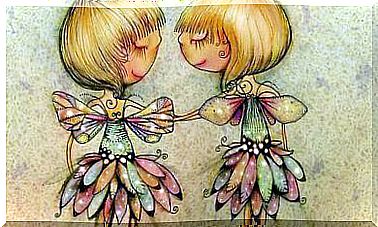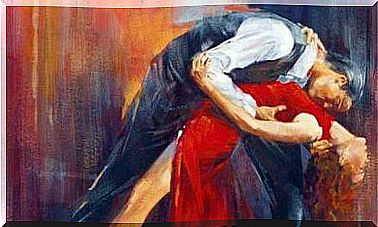Cognitive Behavioral Therapy

Over the years, psychology has adopted a series of theories to understand and approach how man works. Each of them has its own practical application based on different theoretical concepts. More than three decades ago, cognitive behavioral therapy became the psychotherapeutic orientation with the most scientific evidence of effectiveness.
This type of therapy had great results from its application in the most diverse problems. Therefore, it is a very efficient option, and it is also very flexible.
It is possible to achieve significant changes in a short period of time, and the plurality of techniques it has gives the therapist a great deal of leeway to adapt to the person’s specific problem.

The Origin of Cognitive Behavioral Therapy
The dominant psychological current varied a lot over time, being different for each period. They already existed and there are countless alternatives with different focuses.
Two of them – behaviorism and cognitivism – came together to form, at their origin, what we now call cognitive behavioral therapy. So, first of all, let’s try to understand what each of these lines brings.
behaviorism
Behaviorism focuses its interest on visible behavior. Its object of study is only the behavior that the individual emits and that can be directly observed and measured.
According to this current, behaviors are responses to certain stimuli, and increase or decrease in frequency depending on the consequences of their emission. Therefore, we can modify a person’s behavior by varying the relationship between stimulus, response and consequence.
For example, a person who has a phobia of dogs has associated dogs and the feeling of fear at some point in his life, and therefore avoids contact with this animal. If we manage to break this association, dogs will no longer be an aversive stimulus and the person will no longer run away from their presence.
On the other hand, if we want a child to increase the frequency of consumption of vegetables, we must create a positive consequence every time the child eats some vegetables.
Cognitivism
This theory of psychology focuses on studying cognition, that is, thoughts and mental processes. She is interested in knowing the process that takes place within the human being after receiving information, how he processes it and how he interprets it.
The foundation of cognitivism is that we do not perceive reality as it is, but rather as we are. Each of us, with our own internal processes, gives a different meaning to the reality we perceive.
For example, if you call a friend and he doesn’t answer you, you might think he didn’t hear the call. But you can also interpret that he doesn’t want to talk to you because he doesn’t really like you. The facts are the same, but the inner process is completely different.

Cognitive Behavioral Therapy
Cognitive behavioral therapy appears, then, as a combination of the two currents presented above, relating thoughts and behavior.
It states that there is an intrinsic relationship between thought, emotion and behavior, and that changes in any one of the components will have consequences on the others.
Thus, it employs very diversified techniques in order to modify one of these three elements, knowing that this way the change will extend to the human being as a whole. For example:
- Cognitive restructuring is a technique that is based on helping people to change their beliefs or thoughts. To do so, it invites the person to assess the veracity of what he thinks and to look for more adaptive thinking alternatives. Once you can change the way you interpret reality, you also change the way you feel and the way you act.
- Exposure is a technique aimed at modifying behavior. The idea is to encourage the person to stop avoiding or running away from what they are afraid of and face it. By changing their behavior and facing the feared situation, the person proves that there is no danger and, little by little, changes their beliefs and emotions in relation to it.
- Relaxation techniques are focused on modifying emotions. Specifically, they help a person to self-regulate their emotions and their level of activation. If your emotions change, your thoughts become less catastrophic and your behavior shifts from escape behavior to coping behavior.
Cognitive behavioral therapy is a very complex, flexible and effective theory. In a very short time, it is possible to achieve very significant improvements for a wide variety of disorders and conditions.
Furthermore, it is the psychological orientation with the greatest amount of experimental evidence about its effectiveness. However, when looking for a therapy that is suitable for you, it is advisable to find out about all the available alternatives and choose the focus with which you most identify.








